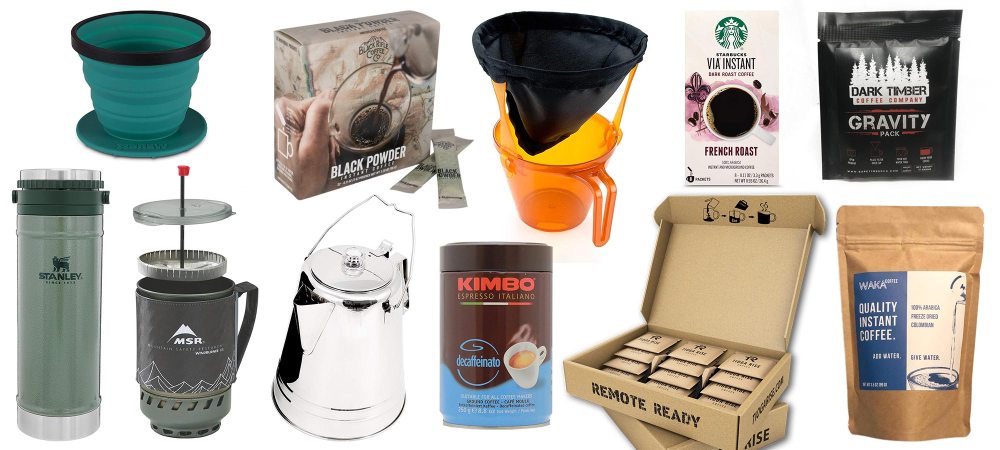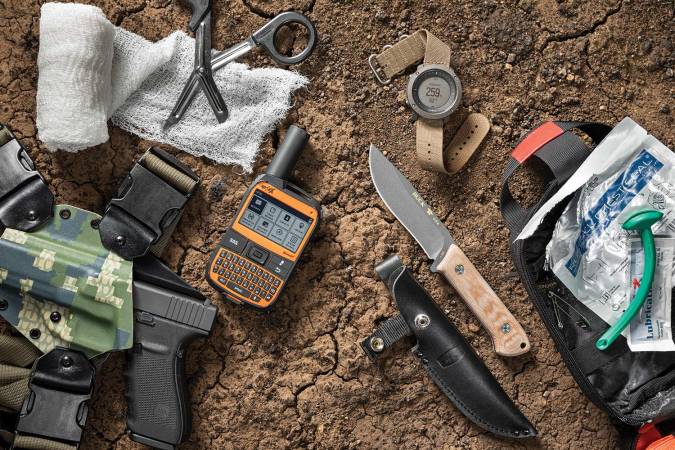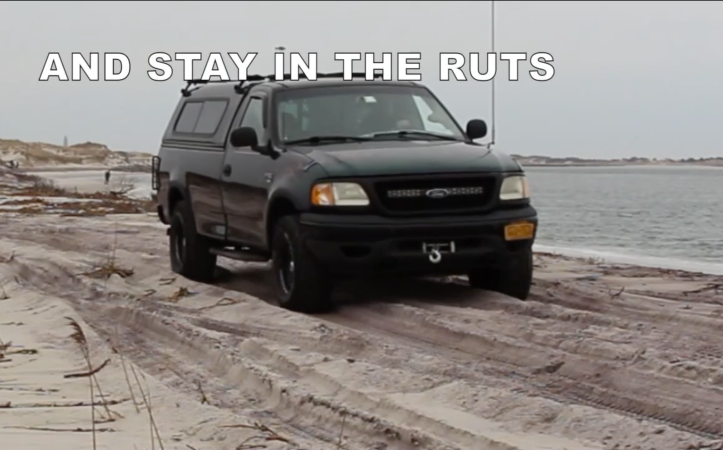We may earn revenue from the products available on this page and participate in affiliate programs. Learn More ›
After I strapped the elk quarter to the packframe, I rinsed my hands and knife with the last contents from my water bottle. Big mistake.
Half way back to the truck, I was thirsty. It just went downhill from there. My head throbbed and my muscles ached. When I finally closed the tail gate on the job, my thigh muscles locked up in cramps.
Lesson learned. Dehydration can cripple a public-land hunt or it can make you miserable when you fish all day in the sun. Top endurance athletes have dropped from cardiac arrest triggered by dehydration. Even relatively mild dehydration will reduce your physical strength and your mental sharpness. That’s not what you want to happen in the backcountry.
Here are some tips for staying hydrated on long treks through public lands:
Pack plenty. At eight pounds a gallon, water is heavy. It’s tempting to save weight by scrimping on water. That’s generally a bad investment. Count on a minimum of two quarts – four pounds – for a long day afield.
Utilize local water sources carefully. There are only a few wilderness settings, where you can safely drink unfiltered water from streams. Most places, that’s a gamble for giardia or worse. A lightweight water filter or purifier is a lighter option than packing that second quart of water.
Drink early and often. Turns out your thirst instinct is not a reliable gauge for your body’s need for fluids. Drink before you are thirsty. Ration your water over the course of the day. Drink plenty before the outing and have water waiting for you when you return.
Remember minerals. Plain water is just fine for shorter outings. For longer trips, particularly in hot, windy, or humid weather, you may need to supplement that with salts and other minerals. That can take the form of electrolyte tablets or mixes, or sports drinks. You can make your own sports drink by mixing equal parts fruit juice with water.
Warm when cold. Your body needs fluids when air temperatures are cold, but cold water may be unappetizing. Lightweight insulated bottles keep hot drinks warm. Put it in your pack wrapped with your extra clothing to keep it even warmer. Or build a fire and brew a pot of tea.
Hydration systems work. Modern packs have hydration systems, which have several advantages over water bottles and canteens. With the drinking hose, water is readily at hand without shedding your pack. There are downsides. It can be harder to ration your water when it’s hidden in your pack. Also drinking hoses can snag in the brush and freeze in cold temperatures.
Go easy on the alcohol and caffeine. Sippin’ whiskey and black coffee are traditions in many camps, but they don’t help you stay hydrated. Many of the ill effects of a hangover are symptoms of dehydration. Drinking beer under the hot sun only makes dehydration worse.






















